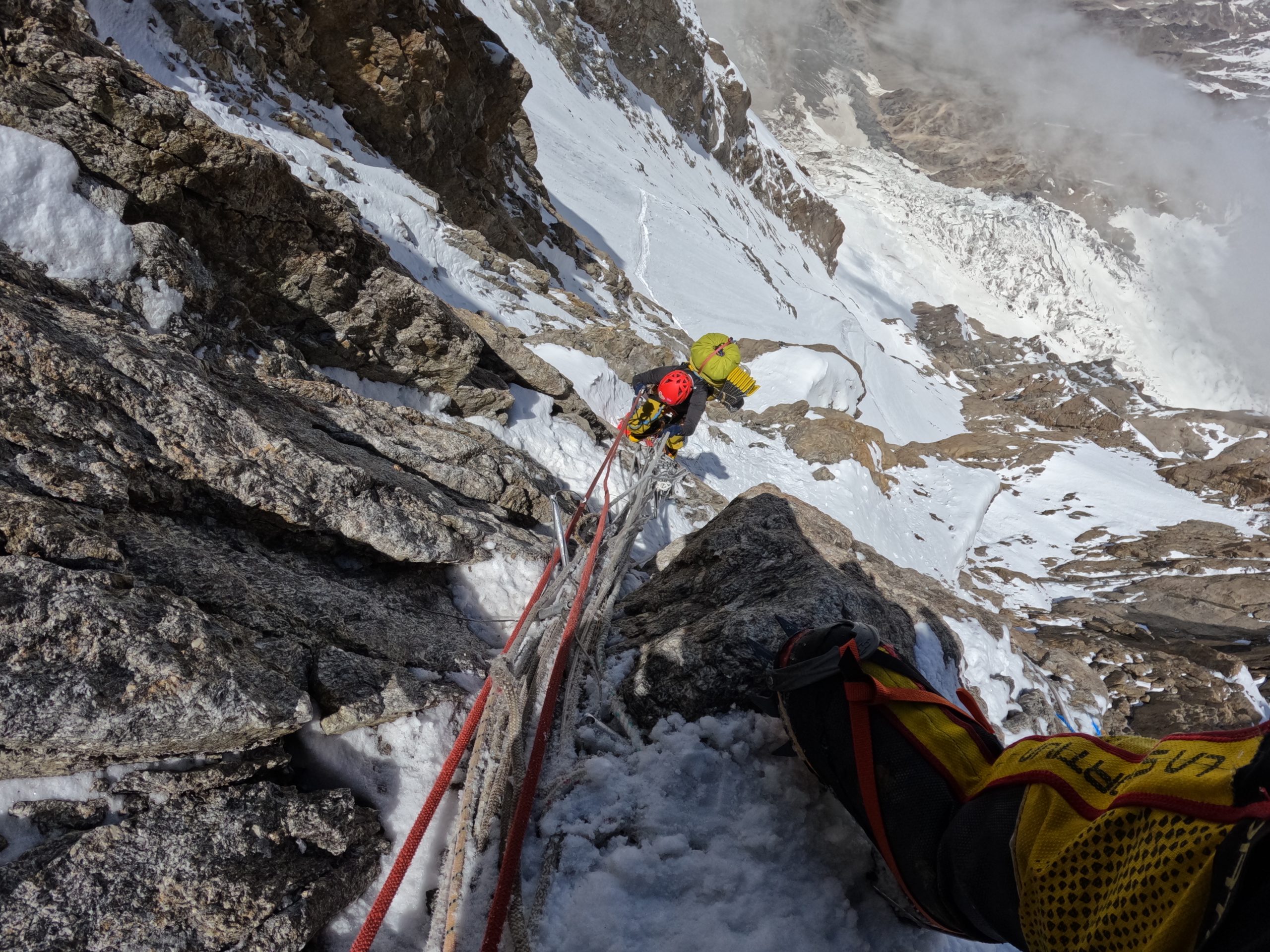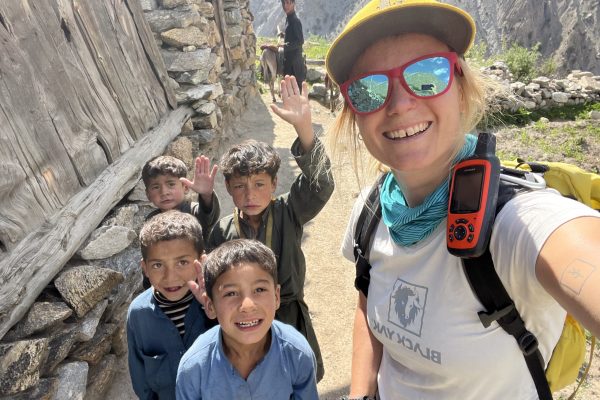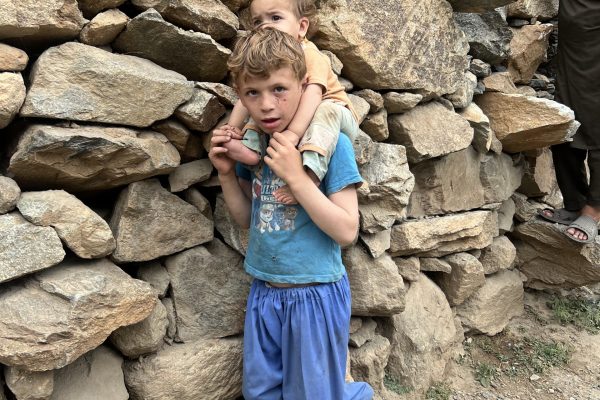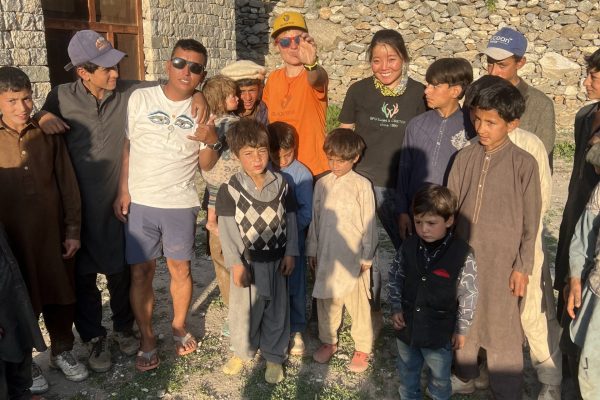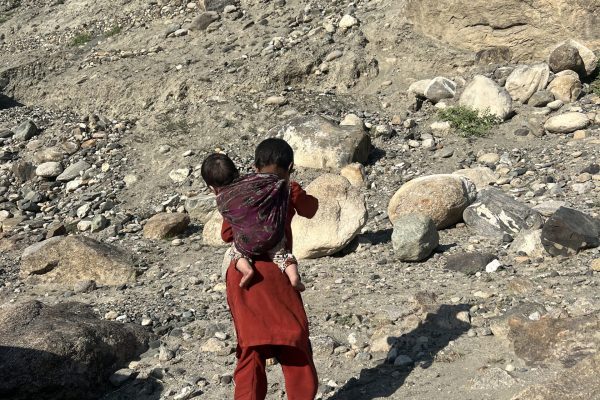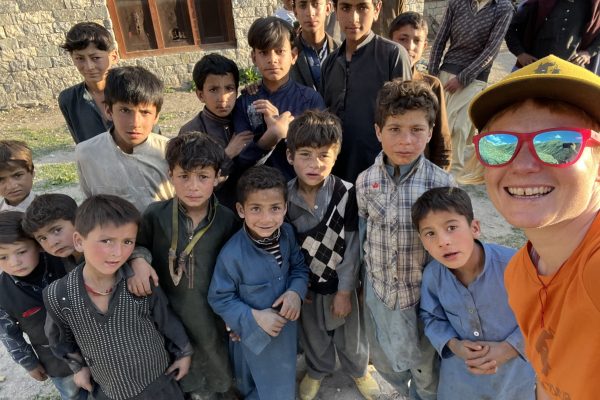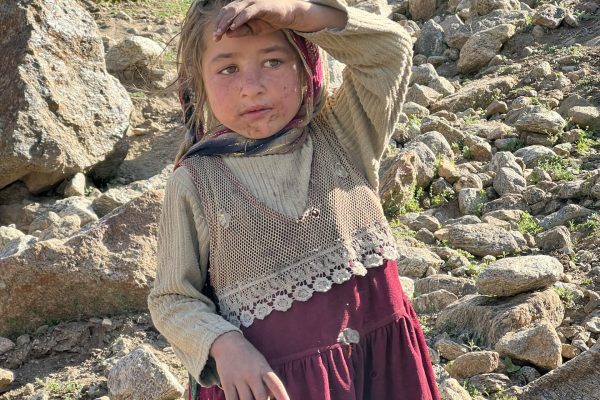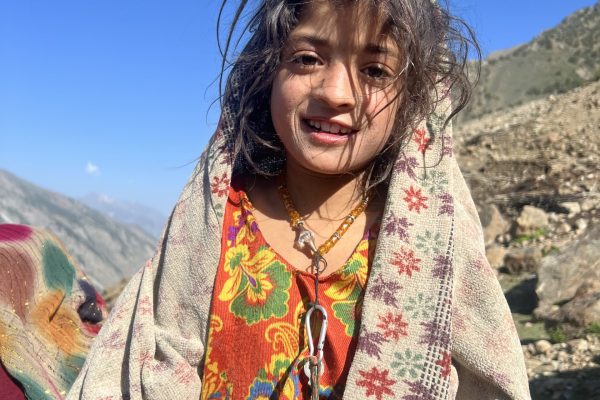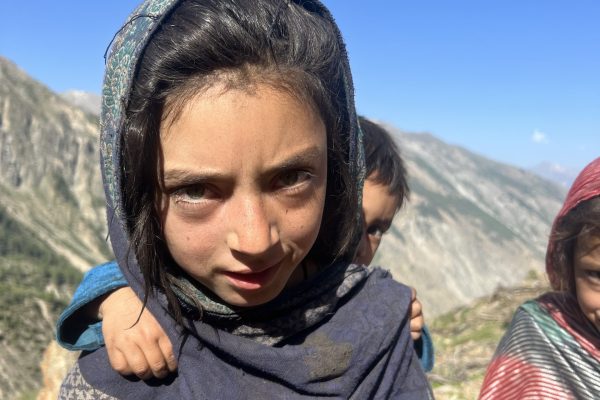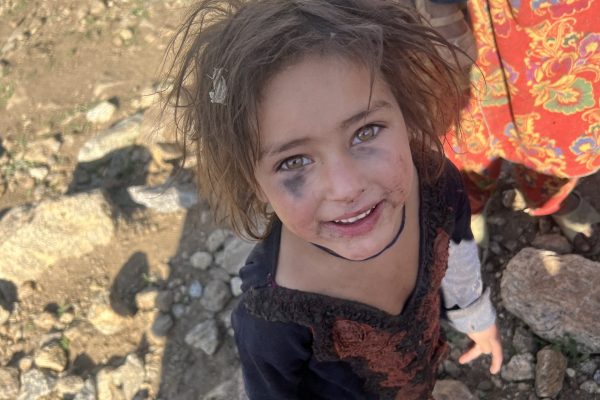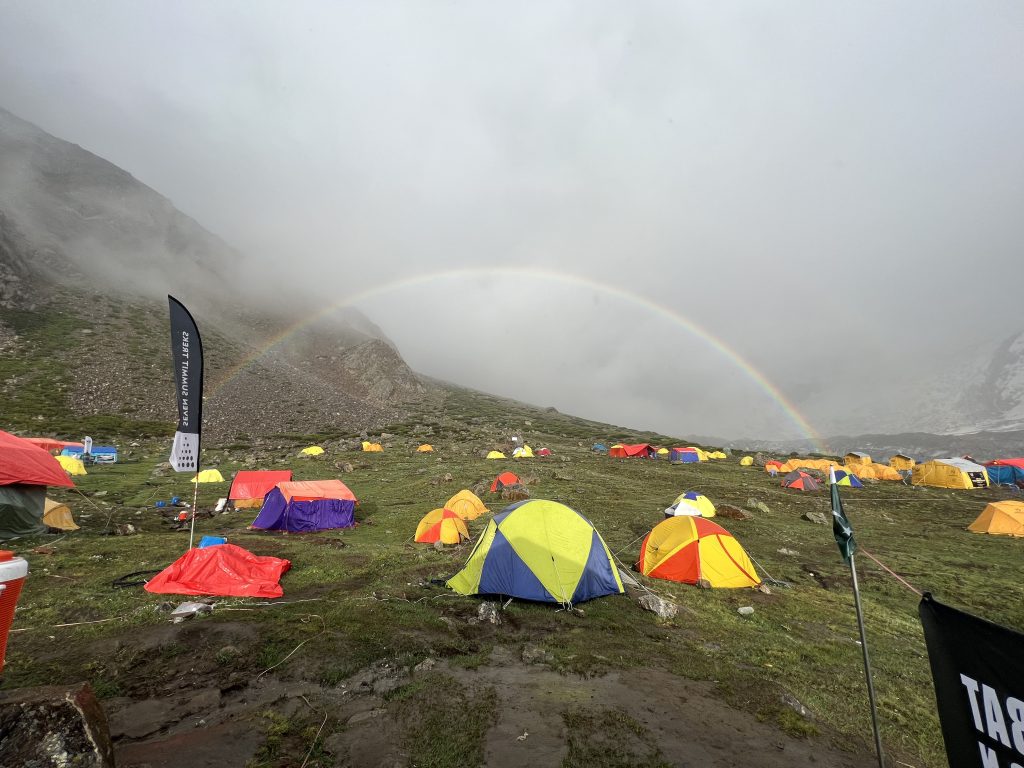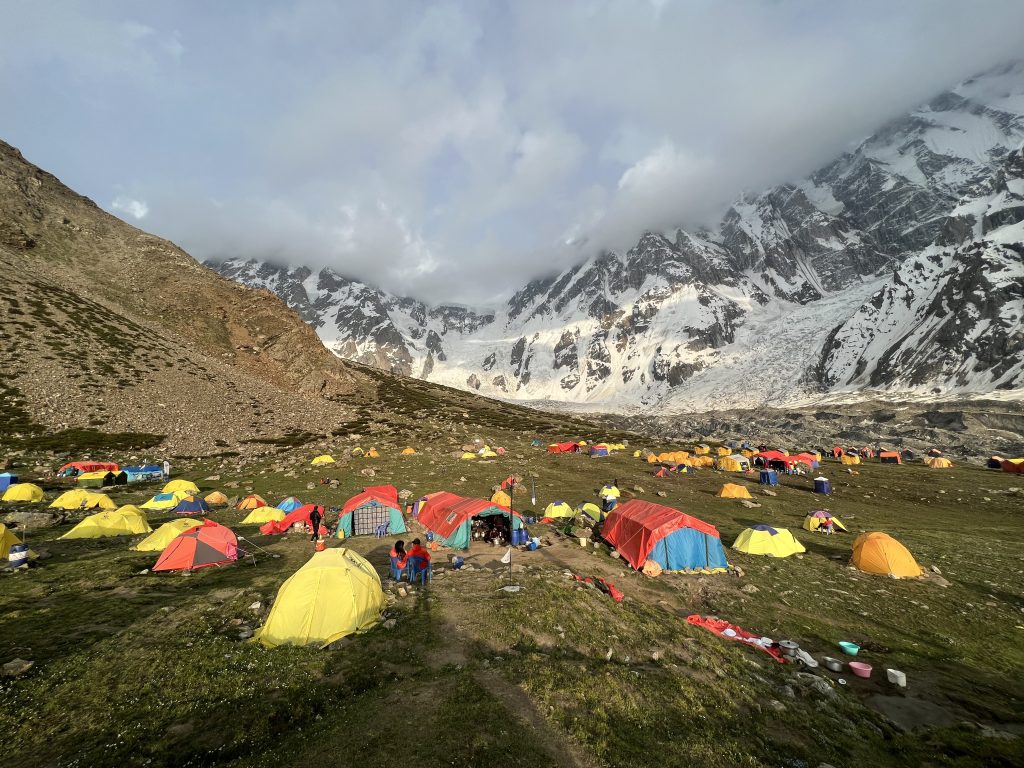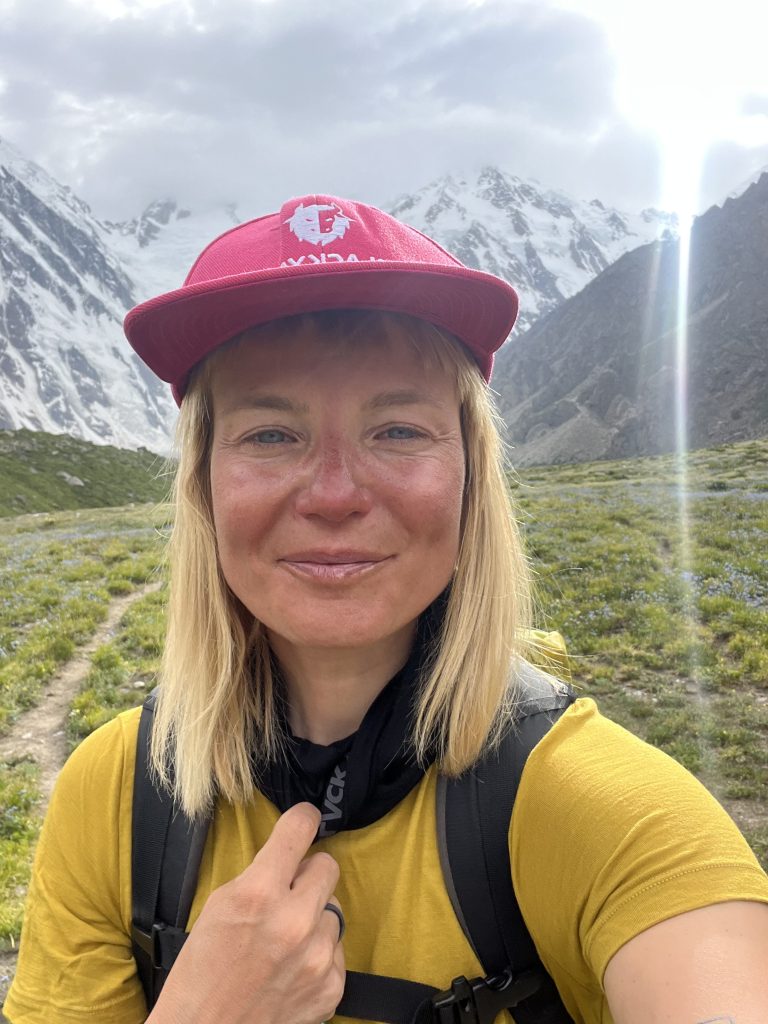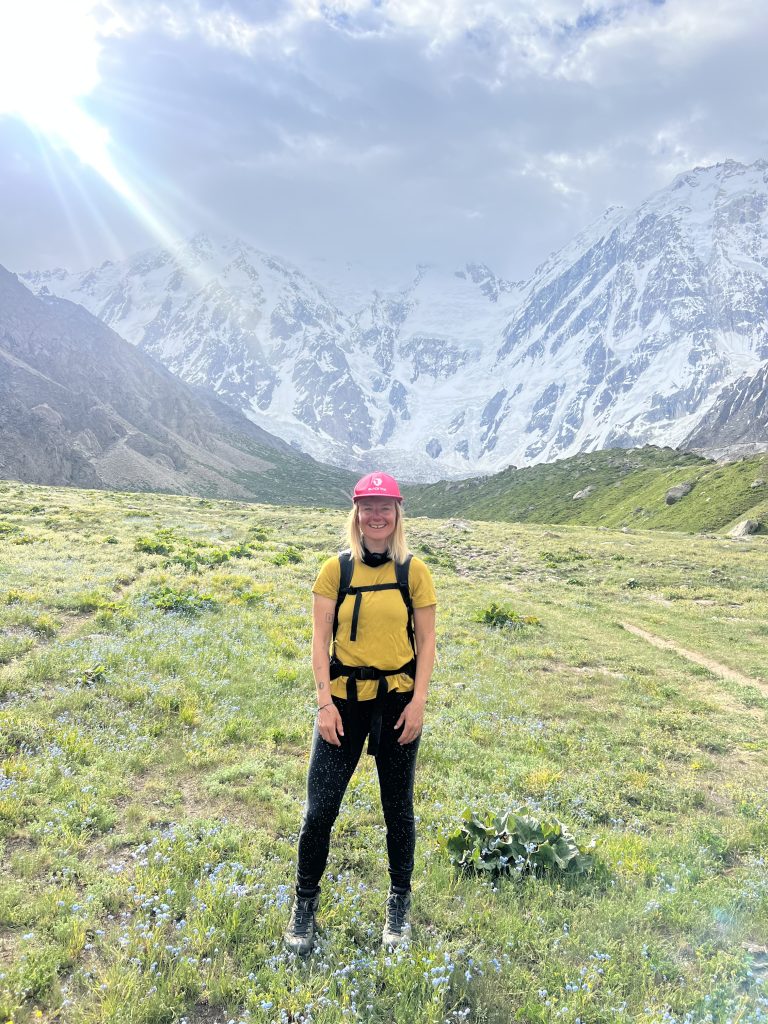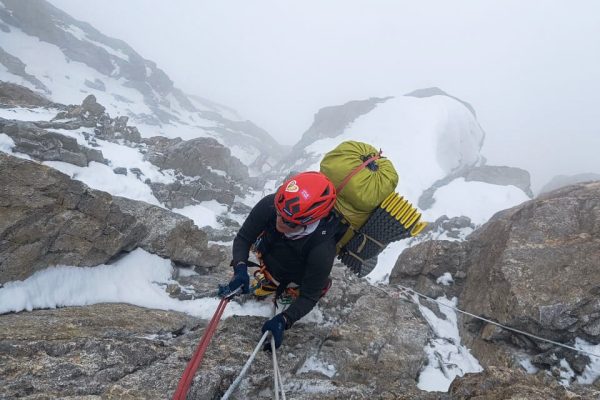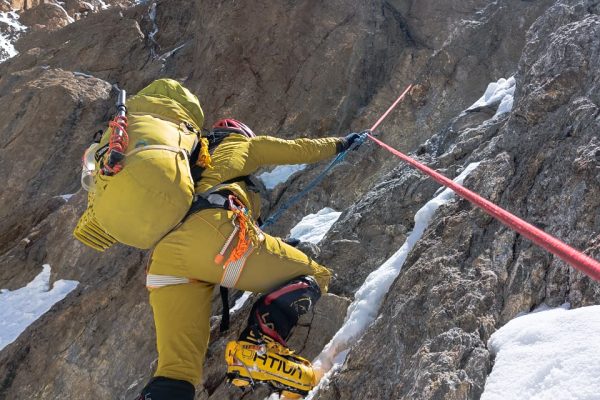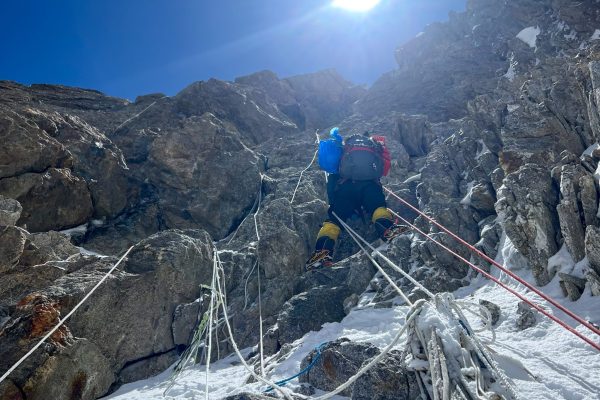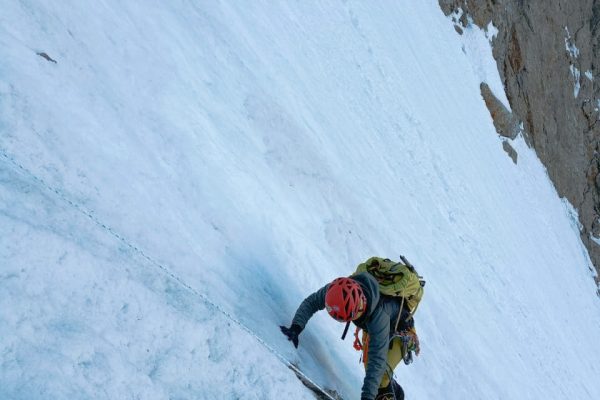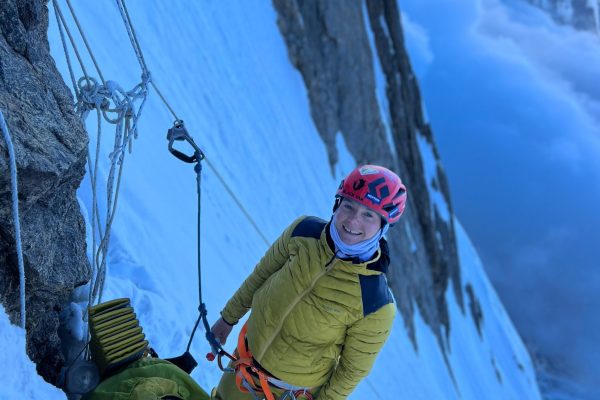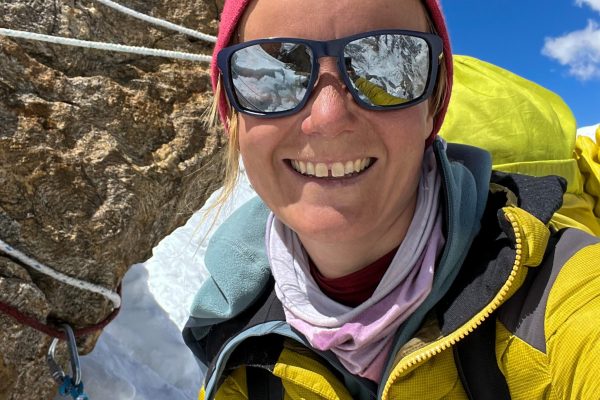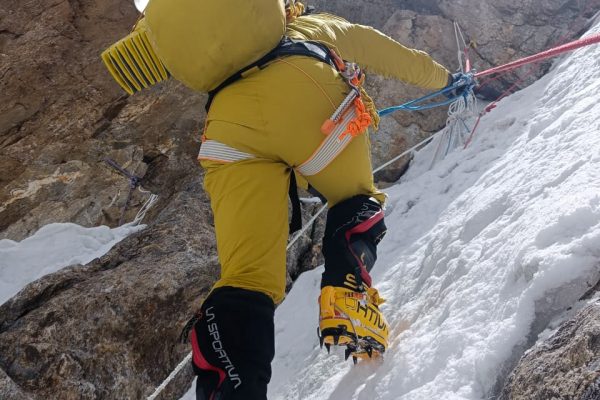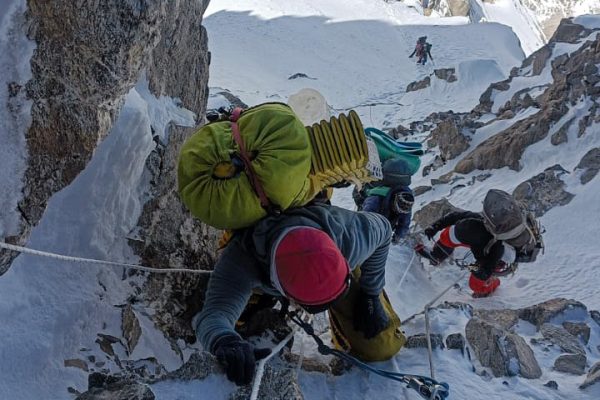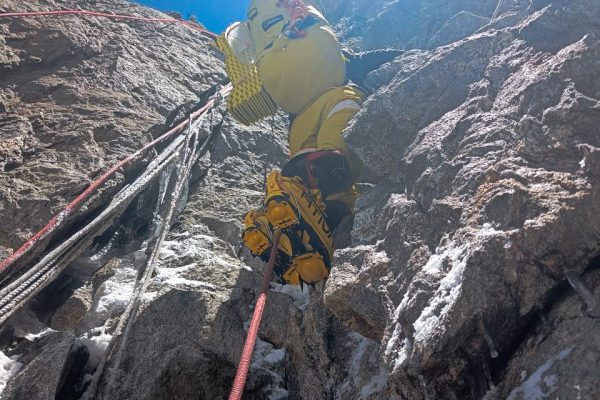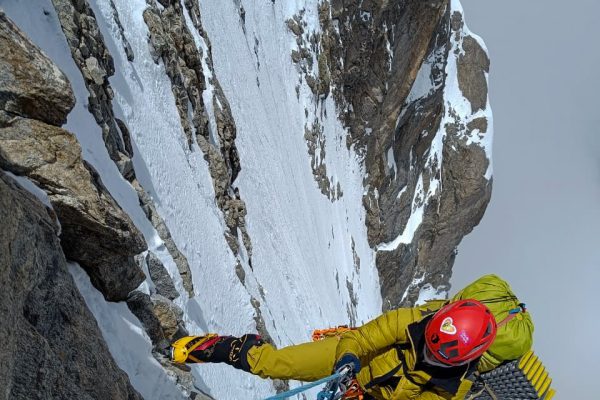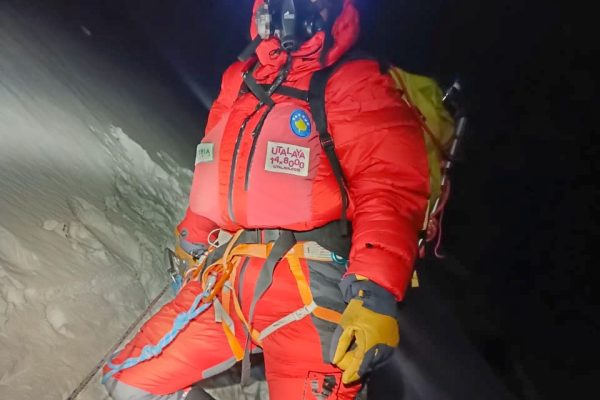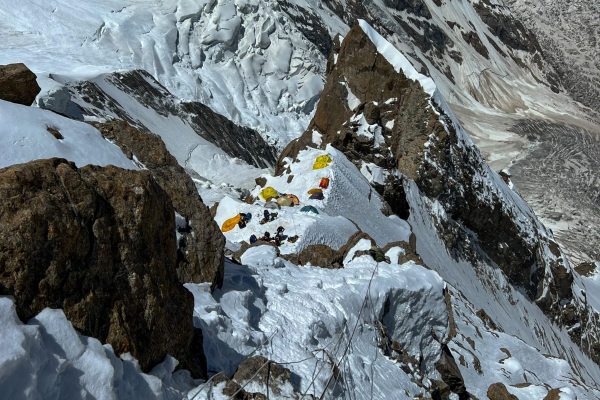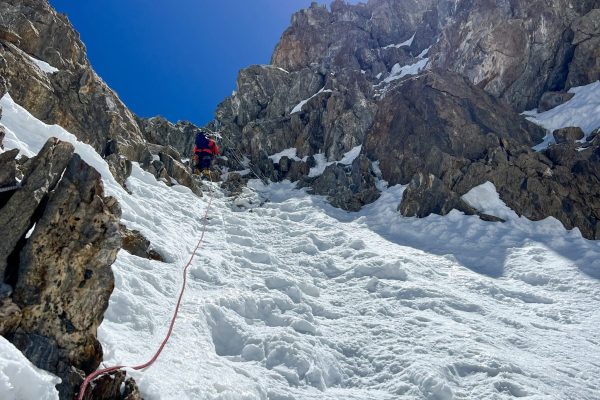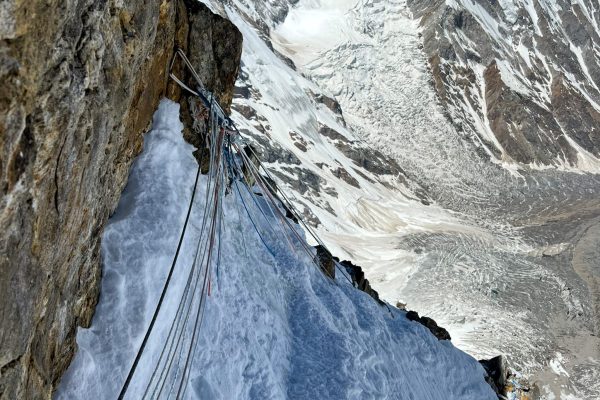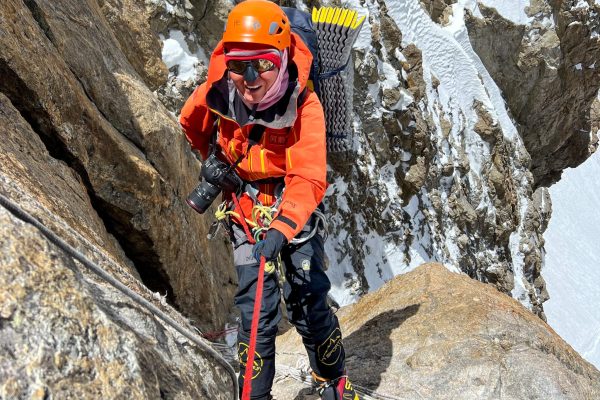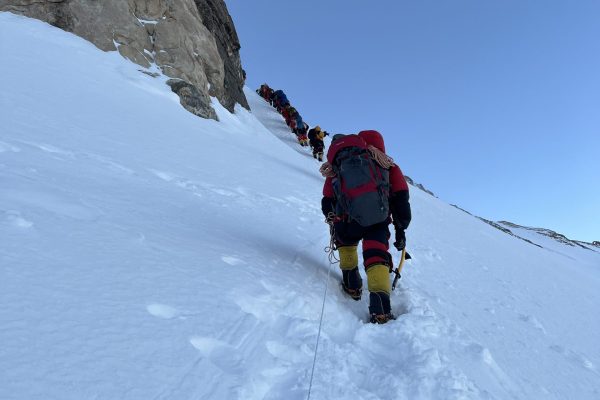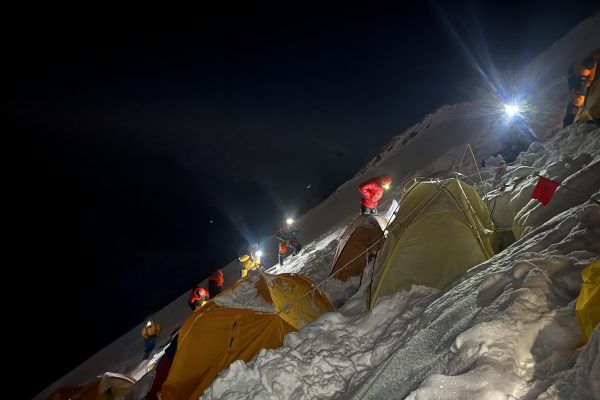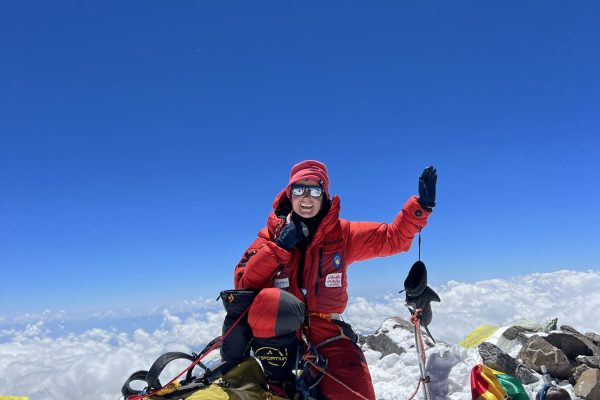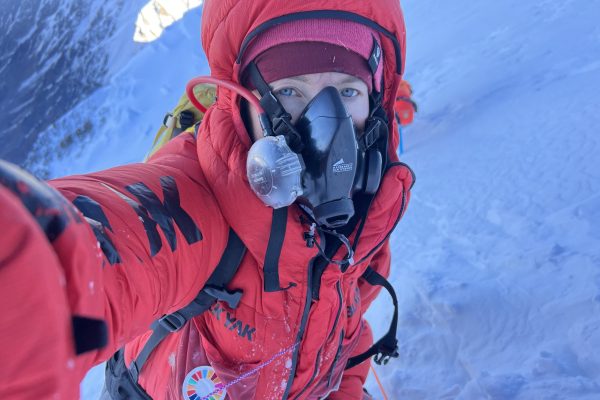“Journey Through the Ethereal: Ascending a Majestic Canvas from 4200 to 8126 Meters — Himalayas Longest and Most Enchanting Face to Conquer”
June, July, and August mark the prime season for embarking on Himalayan climbs, particularly in the Karakoram Range situated in Pakistan. My inaugural ascent led me to the majestic Nanga Parbat, a peak steeped in captivating history. From its pioneering ascent to the multitude of diverse routes explored from various directions, the mountain has left an indelible mark on mountaineering community.
In contemporary times, the classic route to conquer Nanga Parbat traverses the challenging terrain of the Diamir Glacier, famously known as the Diamir Face. This ascent involves navigating the formidable Kinshofer Wall, adding an extra layer of complexity and excitement to the climbing experience. The allure of Nanga Parbat lies not only in its imposing stature but also in the rich tapestry of stories etched into its slopes by intrepid mountaineers over the years.
Due to a delayed Pakistani visa, my expedition to Nanga Parbat got off to a late start. I landed in Islamabad on June 16th, a day after my scheduled flight.
Unlike Kathmandu, Islamabad lacked the bustling meeting points for climbers and friends. Fortunately, I connected with Albana, a kosovar married to an Italian Ambassador in Pakistan, a local resident, who graciously showed me around the city during the two days of waiting.
On June 18th, our team, consisting of members and Sherpas, set out from Islamabad for Chilas. The 14-hour journey took us through a mix of well-maintained highways and challenging terrains. Passing through villages like Blakhot, Kaghan, and Batakundi was a fascinating cultural experience. The absence of adult women on the streets was striking, with only a handful of young girls playing with their brothers.
After a night in Chilas, our early morning departure involved navigating village roads and off-trail sections in 4×4 cars. The last few kilometers felt like a venture into the hills, with multiple roads, some perilous due to landslides. Driving on these narrow and exposed paths was unnerving.
After 2-3 hours, we reached the final village, where a zip line bridge awaited us to cross the river. The adventure continued with a hike, accompanied by Pakistani team members and donkeys aiding with loads and guiding us along the trail. The journey to Nanga Parbat was not only a physical challenge but also an eye-opening exploration of the local landscape and culture.
The first day of our trek was sweltering. Despite the relatively easy terrain at lower elevations, the heat compelled frequent stops in shaded spots. After a taxing 6-7 hours, we reached our first camp, village SAR, strategically located with a breathtaking view.
The next day brought some relief from the intense heat, creating a more bearable environment for the trek. The sensation of ascending towards the base camp served as motivation, prompting a renewed determination. The initial glimpse of Nanga Parbat left me breathless; its awe-inspiring beauty unfolded in a 3900-meter face of sheer magnificence. The combination of steep, technical terrain adorned with rocks and ice presented a captivating spectacle, intensifying the desire to embark on the climb.
Contrasting sharply with the rugged face of Nanga Parbat, the base camp resembled a paradisiacal beach setting. The atmosphere was hot, vibrant with greenery, adorned with flowers, and accompanied by the gentle hum of bees and flies.
With the trekking leg behind us, the true ascent to Nanga Parbat was set to begin, marking the commencement of the real climbing adventure.
And here we go, June 21st – First Day in Base Camp.
The initial day at Base Camp always is filled with introductions, socializing, and organizing gear. Despite the deal with the SST (Company that I have been climbing always, Seven Summit Treks), I found myself without a Sherpa for the climb, while many others had already been acclimating for weeks. The atmosphere was buzzing with anticipation, as some climbers were gearing up for the summit push. I connected with friends like Viridiana and Aram, making new friends along the way. Eager to move up, I decided to go for a walk with Aram, capturing moments through photography.
June 22nd – Base Camp to Camp 1: relatively easy walk to Camp 1, the journey took around 2.5 to 3 hours, with a mix of rock and glacier terrain. While the route wasn’t overly challenging, caution was necessary due to falling debris from the walls. The day concluded with a return to Base Camp, marking a beautiful day of climbing and an improved night’s rest.
June 22nd – Base Camp to Camp 1: Embarking on a relatively easy walk to Camp 1, the journey took around 2.5 to 3 hours, with a mix of rock and glacier terrain. While the route wasn’t overly challenging, caution was necessary due to falling debris from the walls. The day concluded with a return to Base Camp, marking a beautiful day of climbing and an improved night’s rest.
June 23rd – Base Camp: A day to relax and start preparation. Half of the team set out for the summit push, while the others awaited for their turn. Contemplating whether to join a rotation or wait for the summit push, the decision lingered. Considering recent Dhaulagiri success and a late arrival, the evolving weather forecast suggested a potential summit push around July 1-2, allowing time for strategic decisions.
June 24th – Base Camp to Camp 2: After the team’s departure, a desire to familiarize myself with the climb led me to embark on a midnight climb to half of Camp 2. Joined by my Sherpa, we faced a transformed route with frequent avalanches and challenging ice formations. The steep ascent proved exhilarating, yet a close call with falling ice heightened awareness. Opting to descend after facing an ice impact, the day concluded with a return to Base Camp, indulging in a much-needed rest.
On June 26th, the first team, which included my friends Viridiana, Sofi from Switzerland, and Tunc from Turkey, set out for their summit push. It was an incredibly exciting moment for all of us, knowing this climb marked their final ascent of an 8000-meter peak. We were eagerly cheering them on, feeling a mix of nerves and anticipation.
In the same team, there was Kristina Harila, taking on the challenging 14×8000 project for the second time. This time, she aimed to conquer all 14 of the world’s 8000-meter peaks within an impressive three-month period. The camp was buzzing with excitement and support for this remarkable achievement in the world of mountaineering. The atmosphere reflected both the thrill of the climb and the shared sense of accomplishment within the tight-knit community on the mountain.
Summit Push Story 🙂
Just like we planned, we kept going.
First day to Camp 1: We left Base Camp after lunch and, amazingly, in just 3 hours, we reached Camp 1. A good rest, and the next day we set off early for Camp 2. Camp 2 was a relief compared to our previous spot; it could only accommodate a few tents, but the climb was spectacular. The Kinshofer wall stood out, being steep, technical, and quite challenging. As soon as we conquered this massive vertical wall, Camp 2 welcomed us.
After spending the night in C2, the next day took us to C3, where we anxiously awaited the summit push. The wait felt endless, and our team’s pace was frustratingly slow. We hoped to start at 5:30, then 6:30, and ended up beginning at 23:45 – much later than ever before, and everyone else.
We were the last team to set off, and anger simmered as we waited for one another, all roped together by one Sherpa.
The climb was both enjoyable and exhausting. I felt the fatigue creeping in, and thoughts of turning back lingered. After the traverse at Camp 4, the ascent to the peak began. It seemed never-ending; each time you thought you reached the summit, there was a bit more to conquer. Finally, we stood on the summit, greeted by a breathtaking scene. The weather was good, with minimal wind, but the pressure to descend started looming.
Descending without a fixed rope is always tougher, and lacking a hiking pole, I had to rely on an ice axe, despite the cold in my hands. The journey down from C3 to the summit took about 20 hours. We spent the night at C3, returned to Base Camp the next day, and trekked out in a single day before driving to Skardu.
I remember feeling hungry and sleepy throughout that day.
Nanga Parbat turned out to be a quick adventure – just two weeks, one summit. It was filled with talks, moments of happiness, frustration, and a mix of emotions.



